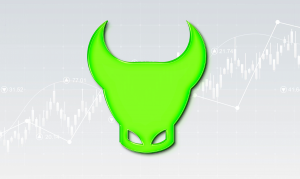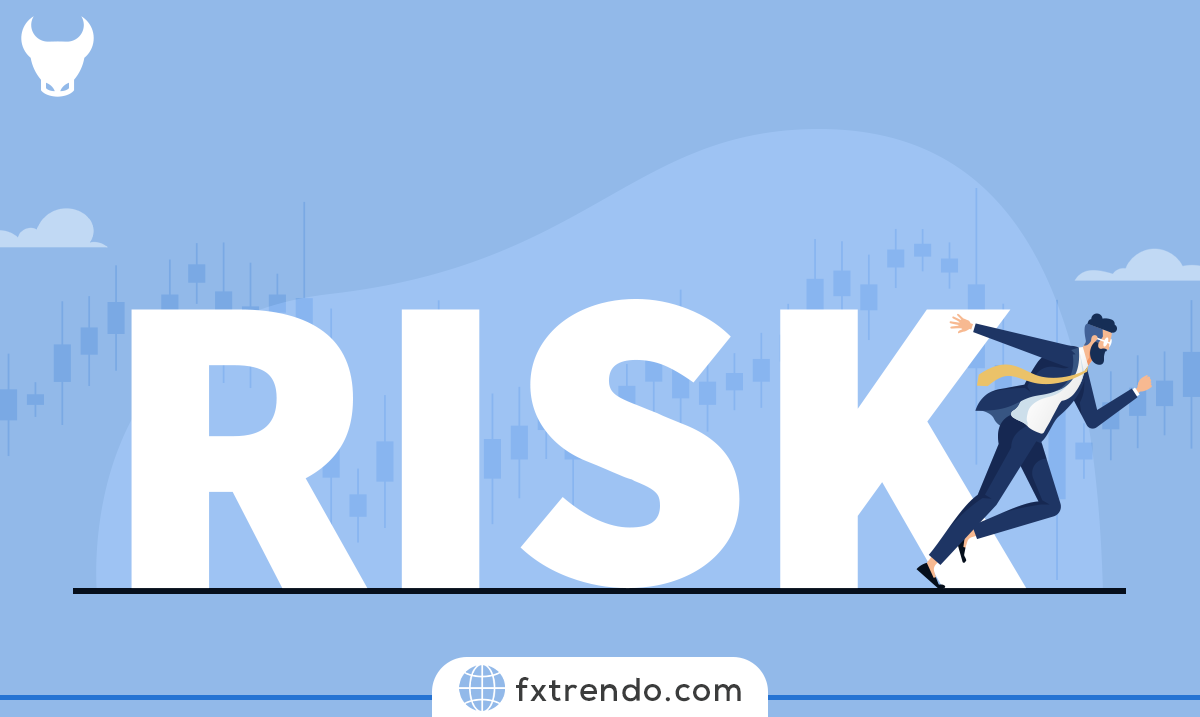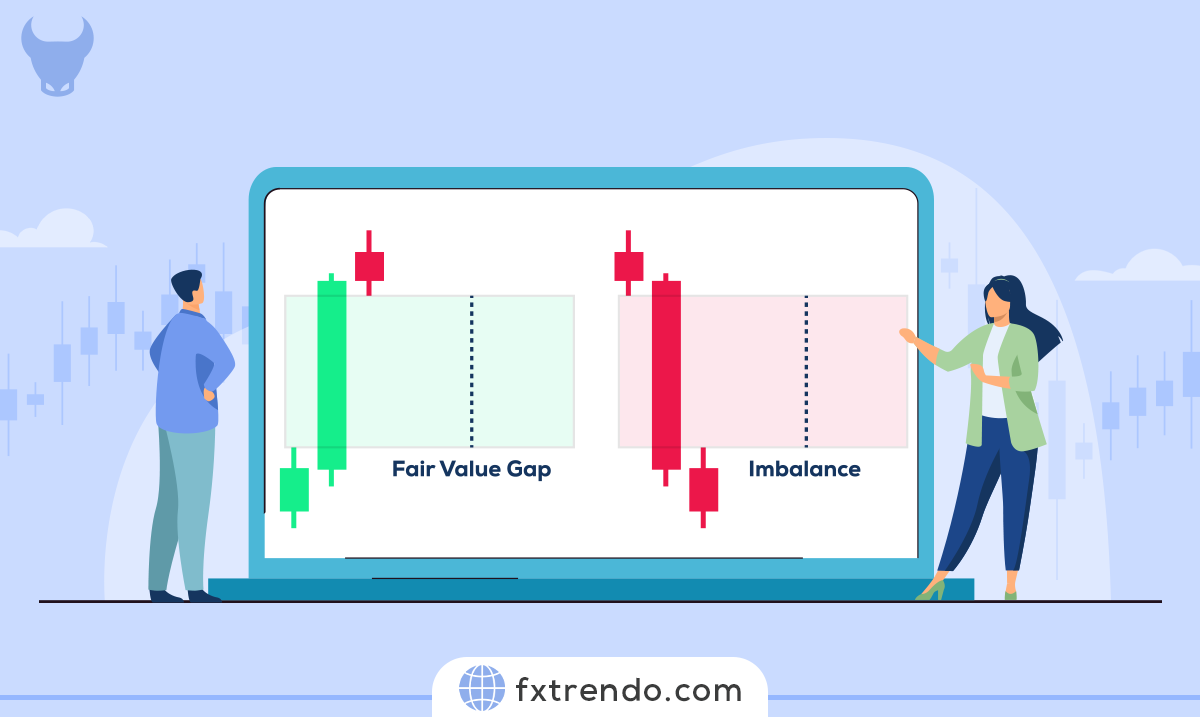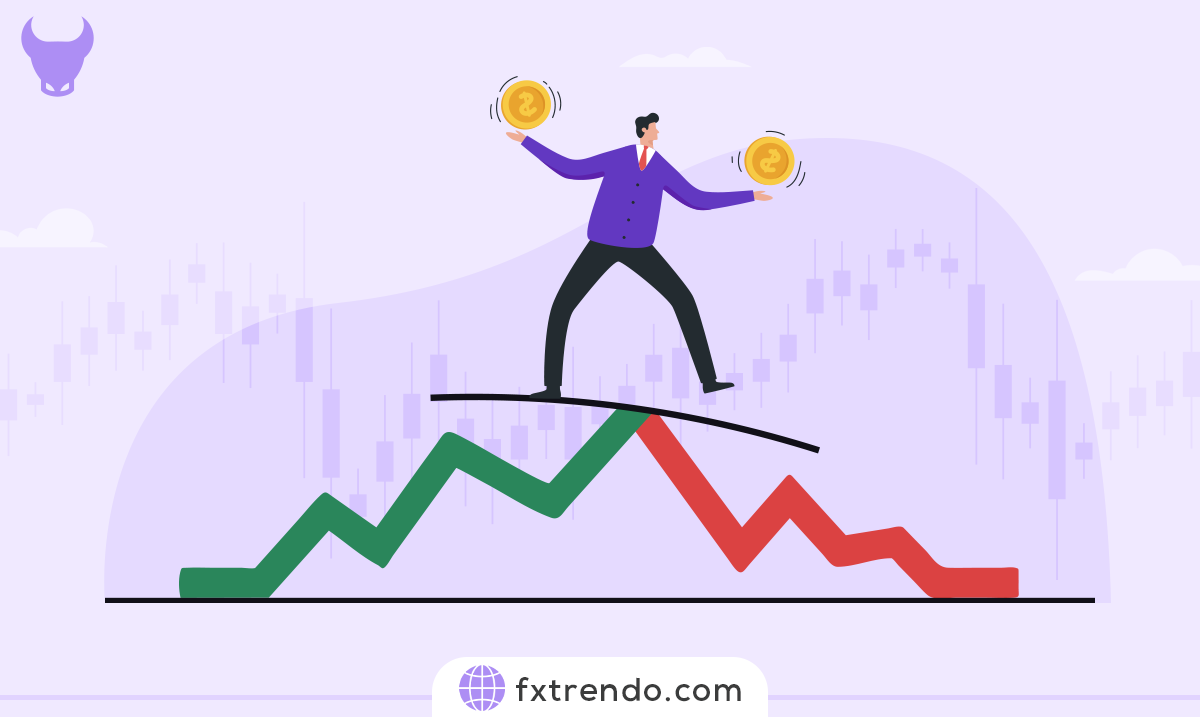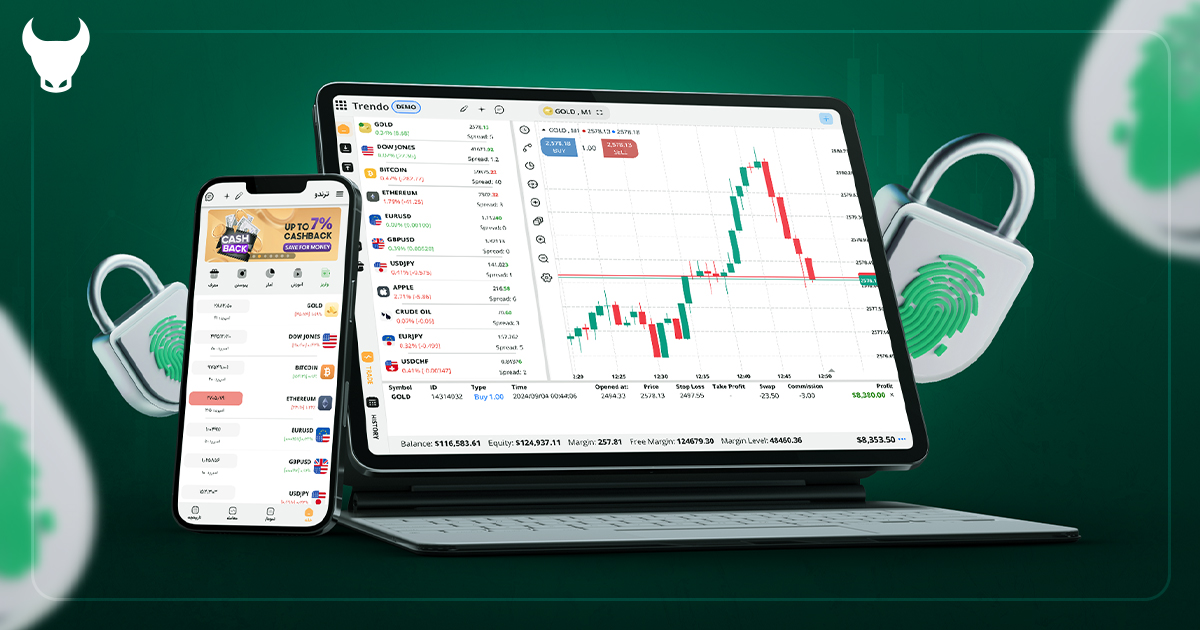What is a Trending & Ranging Market?


Identifying and analyzing trends is one of the forex market's key aspects. A trend is a currency pair's overall movement direction in a certain period. We can classify the market as trending (upward and downward) or ranging (neutral). Identifying and understanding trends is essential because it allows traders to make conscious decisions and potentially profit from market movements.
Further, we will answer the following questions.
What is a Trend in the Forex Market?
Simply put, a trend refers to the direction of the market. When the market moves in a certain direction for a long time, it is said to be trending in that direction. Forex traders use technical analysis tools and price charts to identify trends and earn profits.
Why is it essential to identify trends in the forex market?
Understanding trends is essential because it helps traders make conscious decisions about when to enter and exit trades. By identifying market direction, traders can determine whether to buy or sell a particular currency pair. For example, if the market is trending upward, a trader may look for opportunities to buy a currency pair hoping to profit from the upward price movement. Conversely, if the market is trending downward, a trader may look for opportunities to sell a currency pair in hopes of profiting from the downward movement in price. According to great forex traders, the trend is your friend, so most successful traders try to trade in the trend direction by identifying the direction of the trends.
Read More: The Best Forex Trading Strategies According to The Biggest Traders.
Types of Forex Market Trends
There are three types of trends in the forex market that traders should know:
1. Uptrend
An uptrend is a market that moves upwards for a long time in a specific trading time frame . This trend type occurs when the market is experiencing higher price peaks and troughs. Traders usually look for opportunities to buy currency pairs during an uptrend.


2. Downtrend
A downtrend is a market that moves downward over a long period in a specific time frame. This trend type occurs when the market is experiencing lower peaks and troughs. Traders usually look for opportunities to sell currency pairs during a downtrend.


3. Ranging or neutral trend
A Ranging trend, also known as a neutral market, occurs when the market moves horizontally. This trend type occurs when the market experiences similar peaks and troughs. Traders often find it hard to profit from a neutral trend and may wait for the market to start its uptrend or downtrend, but some traders are especially interested in ranging trends. These traders sell at the top and buy at the bottom, earning consecutive profits from this trading strategy .


How to identify trends in the forex market
We must use the technical analysis tool in the price chart to identify the trend direction. Also, there are different ways of identifying the trend in the forex market, including:
1. Moving Average
Moving averages are one of the most popular tools used to identify trends. A moving average is a line that follows the average price of a currency over a specific period. Traders often use the 50-day and 200-day moving averages to identify long-term trends. For example, if the 50-day moving average is above the 200-day moving average, it implies an uptrend. Conversely, it indicates a downtrend if the 50-day moving average is below the 200-day moving average.
2. Trend lines
Another helpful tool for identifying trends in the forex market is trend lines. Trend lines are lines drawn on a chart connecting two or more price points. We can use these lines to identify trend direction as well as support and resistance areas. In an uptrend, trend lines are drawn below the price chart and connect two or more price troughs. In a downtrend, trend lines are drawn above the price chart and connect two or more price peaks.
3. Relative Strength Index (RSI)
The RSI index is a technical tool that we can use to identify overbought and oversold conditions in the market. When the RSI is above 70, it means the market is overbought, and a correction may be coming. When the RSI is below 30, it implies that the market is oversold, and a reversal may occur. However, it is essential to note that RSI alone is not a trend-following tool. One should use it in conjunction with other indicators to confirm the trend.
4. MACD indicator
The MACD indicator is another popular tool used to identify trends in Forex trading. MACD is a momentum indicator that compares two moving averages (the MACD line and the signal line) to identify changes in momentum. An uptrend is indicated when the MACD line crosses the signal line upwards. On the contrary, when the MACD line intersects the signal line downwards, it implies a downtrend.
5. Price action
Price action is perhaps the most significant method in identifying market trends. Price action refers to the price movement on the chart without using any indicator. Traders can identify trends by looking for higher peaks and troughs in an uptrend or lower peaks and troughs in a downtrend. Traders can identify key support and resistance levels and potential areas for entry and exit points by analyzing price action.
The EUR/USD currency pair chart is in the four-hour time frame in the above image. As you can see, the EUR/USD has been fluctuating for a while in the support and resistance range defined in blue and had a ranging or neutral trend. But further, with the range ceiling breaking and taking into account that the red 50-day moving average is above the blue 200-day moving average, and the trend line is upward, the RSI is above 50 but below 70, we conclude that this currency pair has entered an uptrend by leaving the range.
If you pay attention to the RSI number that is above 70, there is a possibility of price correction. Therefore, for a buy trade in the uptrend direction, you can wait for the price to correct and then buy at a lower price.
Trending Market Trading Advantages
1. High-Profit Potential: One of the biggest advantages of trending market trading is the potential for significant profits. When a currency is trending, it tends to move in one direction for a long time. Traders can take advantage of these price movements and gain significant profits by identifying and trading in the trend direction.
2. Clear Entry & Exit Points: Trading in a trending market provides traders with precise entry and exit points. When a trend is created, traders can enter the market at a certain price level and exit when the trend reverses. That makes it easier to plan trades and manage risk effectively.
3. Reducing Market Noise: Trending market trading focuses on the long-term market direction, which helps filter out the noise and volatility associated with short-term price fluctuations, allowing traders to make more conscious decisions based on the general trend rather than getting caught up in short-term market noises.
4. Trend Confirmation: Trading in a trending market often involves using technical indicators to confirm a trend's existence. That gives traders more confidence in their trading decisions. A successful trade's chances increase when multiple indicators align with the trend.
5. Flexibility: You can apply trading in the trending market to different time frames, this allows you to adapt your strategy to your preferred trading style. Trading in the trending market can be tailored to your individual needs, whether you're a day trader or a long-term investor.
Trending Market Trading Disadvantages
1. Late Entry: The possibility of late entry is one of trading in a trending market drawbacks. Trends may take some time to form and be confirmed, meaning traders may miss the move's early part. That can lead to missed possible chances.
2. False Breakouts: When trading in a trending market, the key is to recognize breakouts and follow the trend. However, false breakouts are common in the forex market, where prices briefly cross a support or resistance level before reversing. Traders must be cautious and use extra confirmation signals to avoid getting caught up in false breakouts.
3. Trend Reversal: Trends in the forex market can suddenly reverse and surprise traders. That can lead to significant losses if traders fail to exit their positions in time. Risk management and setting proper stop-loss orders are essential to reduce this risk.
4. Manipulated Markets: While trading in trending markets works well in markets with clear trends, it can be challenging in manipulated or neutral markets. Trends may be short-lived or non-existent in such situations, and making profits from these trade types will be hard.
5. Emotional Challenges: Trading in a trending market requires discipline and patience. Traders should stick to their strategy and avoid impulsive and emotion-based decisions. Staying calm and rational during market fluctuations can be challenging, which may lead to poor trading decisions.
Summary
Identifying the trend is a significant concept for traders. By pinpointing the market direction, traders can decide whether to buy or sell a currency pair. There are three types of trends in the market: uptrend, downtrend, and neutral. Traders can use several tools, including moving averages, trend lines, and technical tools to identify trends. Traders can make conscious decisions and increase their profits by analyzing market trends.
پست مرتبط
پربازدیدترین ها
0









